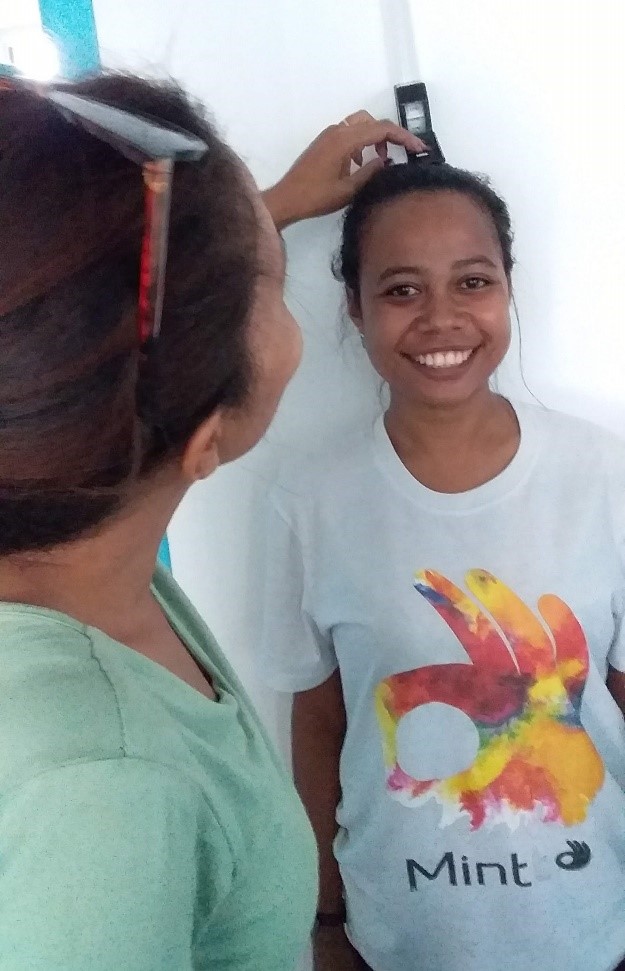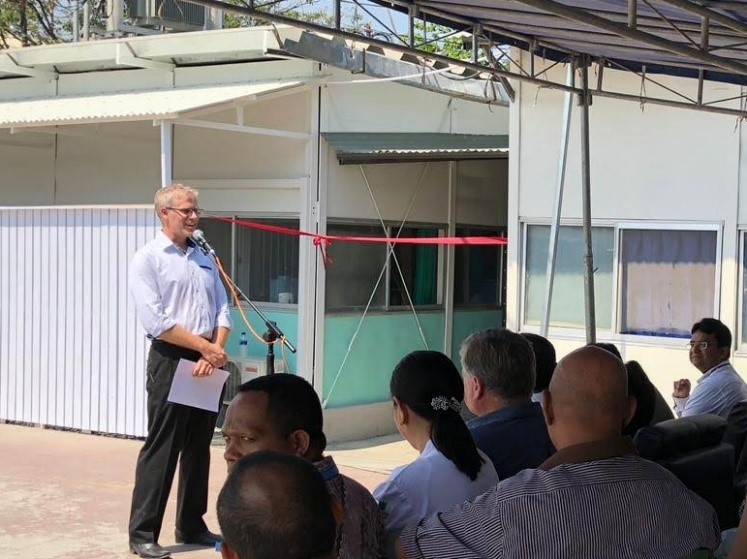The team: Madalena, Nina, Eleanor, Dircia, Alfredo, Ano and Odilia.
Sitting on the floor of Office World surrounded by stationery, I am overcome with doubt. Dircia and I have been here for the last half hour, and I am now certain that the wrong choice of file divider will mean the ruination of our HIV program before it even begins.
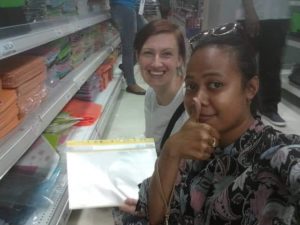
Setting up a clinic from scratch is not something I’ve ever done before, and I’m far from confident that I have what it takes. Medical school back home simply didn’t teach most of what I need to know here.
We’ve been meeting with HIV patients for weeks, and having no clinic in which to see them has been problematic to say the least. These patient encounters have brought home to me how badly an HIV service is needed.
So we are moving fast. The clinic has been renovated, plumbed, painted, planted, and equipped with everything we can think of, from curtains to capillary tubes.
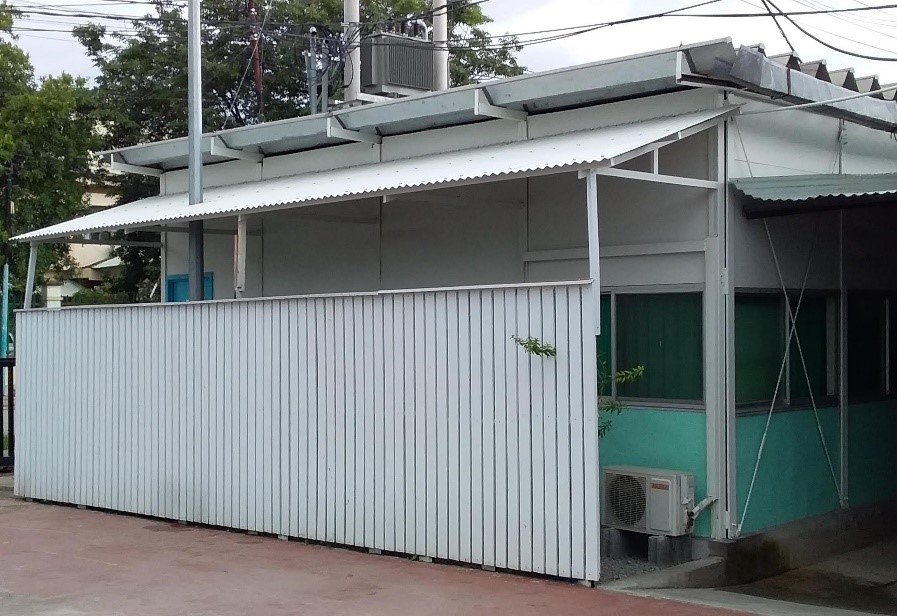
Fenced by our managers husband Erwin, painting by HIV team and patient volunteers, plants by Aussie volunteers and our CEO’s gardener – Alico – very Maluk.
This is brand new for all of us, and inevitably we make mistakes. Somehow we affixed our wall-mounted height measurer in such a way that it adds an extra 18cm onto everyone’s height.
For our opening ceremony we naively assumed that all our guests could sit in the same type of chairs, but the hospital chief was horrified. “Where will the ema bo’ots (VIP’s) sit?!” The sofa from her office was quickly hauled outside, so thankfully we were saved from social disaster.
Establishing the clinic building was an achievement, but I am even more excited about establishing our team as a quality HIV service.
My six Timorese colleagues are overflowing with enthusiasm, and they absorb information as fast as I can produce it. They tend to see our Friday “HIV class” as “proper” teaching, perhaps without realising how much they are learning by seeing patients together, making information leaflets and posters together, or just chatting while we fill countless ziplock bags with co-trimoxazole tablets.
This knowledge is not just staying within the walls of our clinic, either. Dircia joined a live TV panel discussing the HIV situation in Timor Leste, cool as a seasoned BBC presenter.

Ano has no trouble keeping roomfuls of university students riveted as he talks about HIV transmission and risk factors.
Contemplating the rapidly rising incidence of HIV in Timor-Leste turns me cold with fear, since it feels like I can’t possibly do enough to stem the tide. Perhaps it is this anxiety which translates into the occasional small meltdown on the floor of stationery shops.
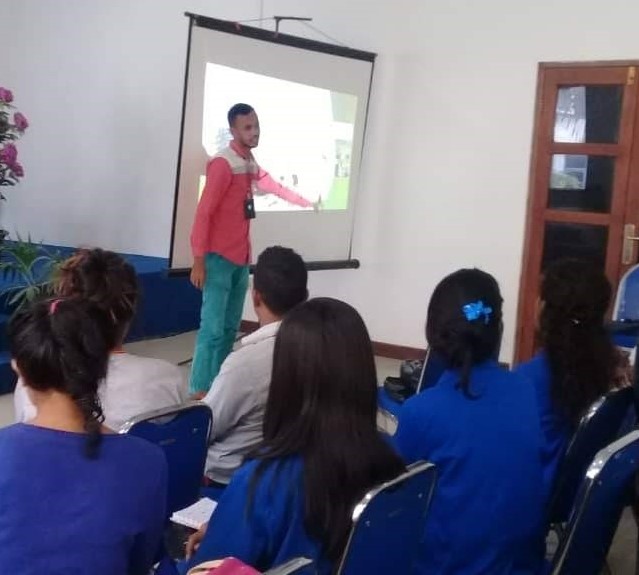
Our lead counsellor, Ano is invaluable to the team. His charisma is such that many of those he talks to are charmed into coming into our Clinic to have an HIV test !

Odilia and Ano displaying their newly made, excellent HIV Tetun information posters.
It’s true, I can’t possibly do enough to meet the need that I see here. But the Timorese people can. And my amazing team are leading the charge.
I just have to try to keep up.
Dr Eleanor is supported by AVI

